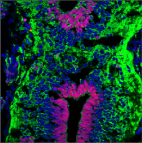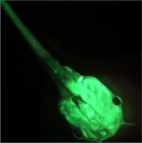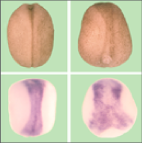 |
|
||
 |
|
Laboratorio de Biología del Desarrollo y Regeneración - Facultad de Ciencias Biológicas - Departamento de Biología Celular y Molecular
Pontificia Universidad Católica de Chile - Edificio Marcoleta 4° piso - Santiago, Chile - Oficina (56-2) 2354 2126 - Laboratorio (56-2) 2354 2129 - Fax (56-2) 2354 2717
Protocolos violencia sexual | Código de Honor | Políticas de privacidad | Mapa del sitio



